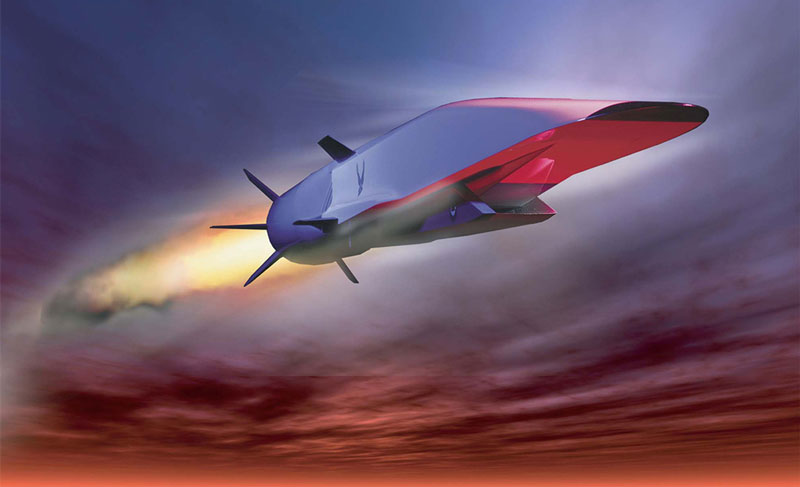
ATC Materials Inc. of Westlake, Ohio has been awarded a Hypersonics Challenge project from LIFT, the Detroit-based Department of Defense manufacturing innovation institute, and the DoD itself.
The Hypersonics Challenge seeks proposals on three specific topics critical to the materials science and manufacture process of hypersonic vehicles.
Operating at speeds of Mach 5 or higher, hypersonic, and counter-hypersonic vehicles are among DoD’s top priorities, as well as the development of a safe and secure domestic supply base.
ATC Materials is being challenged to demonstrate the repeatable and reliable production of its RIPS molded radio frequency (RF) material.
It will address “alternative production methods for high-temperature composites, and their feedstock materials, relevant to hypersonic vehicle aeroshell glide body, leading edge, control surface, and nose tip components that increase yield, throughput, reliability, and affordability compared to traditional labor-intensive and subtractive billet-to-part manufacturing.”
“RIPS is an enabling technology for hypersonic sensors and seekers,” says Matt Raplenovich, director of business development at ATC. “Being able to mold the material to net shape not only imparts desired physical properties but also allows manufacture of complex shapes and reduces cost. This program will help define the performance enhancements gained via the molding process and improve manufacturability of finished components for delivery to our DoD customers.”
ATC Materials will partner with The Ohio State University Center for Design and Manufacturing Excellence (CDME) and University of Dayton Research Institute on the initiative.
The project will investigate the effects of net shape molding on finished component microstructure to identify performance advantages and establish best practices for production of the RIPS RF material. RF materials for extreme environments are critical for hypersonic sensors and seekers, specifically in prototype production of DoD hypersonic RF windows, conformal apertures, radomes, and antenna.
As-molded and molded-machined components will be manufactured, then tested for mechanical, thermal, and dielectric properties. Fractography and other analysis of finished components will relate physical microstructure to performance. An enhanced understanding of the molding process, it’s influence on finished component microstructure, and the effects of microstructure on part performance should be realized.
“Hypersonics and the materials needed therein are critical to our national security and therefore, our national economy,” says Nigel Francis, CEO and executive director of LIFT. “We are proud to be leading this challenge to better position the United States in the global hypersonics race.”
Project awards were determined by a team consisting of LIFT and the Department of Defense. Decision criteria includes technological merit, technology readiness level (TRL), manufacturing readiness level (MRL), funding requirements, cost-share commitment, ITAR compliance, and LIFT member engagement.
The other two topics involved in the Hypersonics Challenge involve:
- Developing modeling and simulation and integrated computational materials engineering (ICME) tools to improve understanding of material processing, resulting materials structure and properties, and appropriate selection of materials for given hypersonics applications. Primary materials of interest include high temperature composites additively manufactured metals, and coatings.
- Advanced manufacturing methods including, but not limited to, in-situ sensing and non-destructive inspection (NDI) techniques to ensure reliable and repeatable manufacturing of hypersonic components to ensure successful operation.











